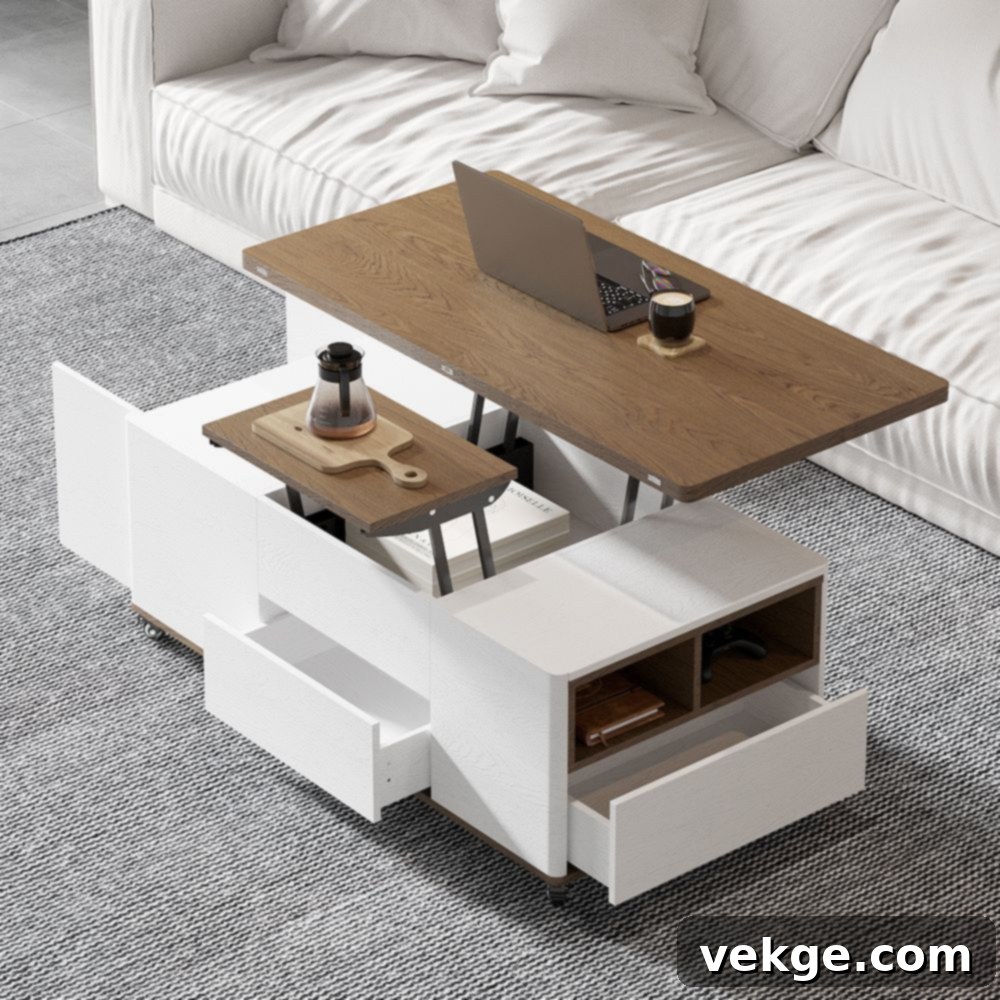The Ultimate Guide to Cleaning and Maintaining Your Multifunctional Furniture for Lasting Beauty
In the realm of modern living, where space is often a premium, multifunctional furniture emerges as a true game-changer. These innovative pieces—be it a coffee table that transforms into a dining table, a sofa that folds out into a bed, or an ottoman with hidden storage—offer ingenious solutions for compact homes, maximizing utility without sacrificing style. Homeowners increasingly embrace this versatile furniture to create more spacious, comfortable, and efficient living environments. However, as with any prized possession, the question of proper cleaning and maintenance often arises. While the idea of caring for a transforming piece might seem daunting, it’s surprisingly straightforward with the right knowledge.
This comprehensive guide will demystify the process of maintaining your multifunctional furniture. We’ll delve into the specific care requirements for common materials, providing you with all the essential tips and tricks to keep your beloved space-saving pieces looking pristine and functioning flawlessly for years to come—all without the need for professional assistance.
Understanding What Multifunctional Furniture Is (and Why It Needs Special Care)
The allure of multipurpose furniture stems from its remarkable ability to serve dual or even triple functions, making it incredibly appealing for urban dwellers and anyone seeking smart home solutions. You’re not just acquiring a piece that fulfills a single need; you’re investing in an item that enhances functionality, optimizes space, and often adds a touch of modern sophistication to your home. Consider a sleek sofa bed that transitions from a comfortable seating area to an extra sleeping space for guests, or an expanding dining table that accommodates intimate dinners and large gatherings with equal ease. These pieces are designed to adapt to your evolving needs, making your home more flexible and welcoming.
Given their versatility and often intricate designs, multifunctional furniture pieces often incorporate a blend of different materials. This means their maintenance requires a thoughtful approach. While generally user-friendly and often accompanied by simple care instructions, the key to their longevity lies in understanding the specific materials used in their construction. Your innovative furniture might feature elements of aluminum, cardboard, plywood, solid wood, elegant glass, luxurious leather, or even robust steel. Each of these materials possesses unique properties and, consequently, unique cleaning and maintenance requirements. Therefore, before embarking on any cleaning task, it’s crucial to identify and understand the specific needs of each material component to ensure proper care and prevent accidental damage.
General Maintenance and Cleaning Principles for Your Multifunctional Furniture
While the specific care routine will vary based on the materials, there are fundamental principles that apply to almost all types of multifunctional furniture. Adhering to these general guidelines will significantly extend the life and preserve the beauty of your pieces. It’s imperative to be mindful of the cleaning products you use, ensuring they are compatible with the furniture’s materials to prevent harm. Harsh cleaning agents containing abrasive particles or strong chemicals can irreparably damage surfaces, leading to unsightly scratches, discoloration, or degradation of finishes.
For most everyday cleaning, a simple approach often yields the best results. A soft, lint-free cotton cloth dampened with plain, soft water is usually sufficient to wipe away dust and light grime. However, for a more thorough and material-specific cleaning, consider the following detailed guidance:
Essential Tips for All Multifunctional Furniture:
- Regular Dusting: Make dusting a routine. A soft, dry cloth or a microfiber duster can prevent dust buildup, which can otherwise scratch surfaces over time.
- Immediate Spill Cleanup: Accidents happen. The quicker you address spills, especially on porous materials like wood or stone, the less likely they are to stain or cause damage. Always blot, never rub.
- Avoid Harsh Chemicals: Steer clear of all-purpose cleaners, abrasive scourers, and anything containing bleach, ammonia, or strong solvents unless specifically recommended by the manufacturer. These can strip finishes, cause discoloration, or erode materials.
- Protect Surfaces: Utilize coasters, placemats, and felt pads under items to prevent scratches, heat marks, and water rings. This is particularly crucial for glass, wood, and stone surfaces.
- Control Environmental Factors: Protect your furniture from direct sunlight, which can fade colors and dry out materials like wood and leather. Maintain stable humidity levels to prevent wood from warping or cracking.
- Consult Manufacturer Guidelines: Always refer to the care instructions provided by the furniture manufacturer. They often have specific recommendations tailored to their products’ unique materials and finishes.
Material-Specific Care: Keeping Each Component Pristine
1. Glass Care: Brilliance and Clarity
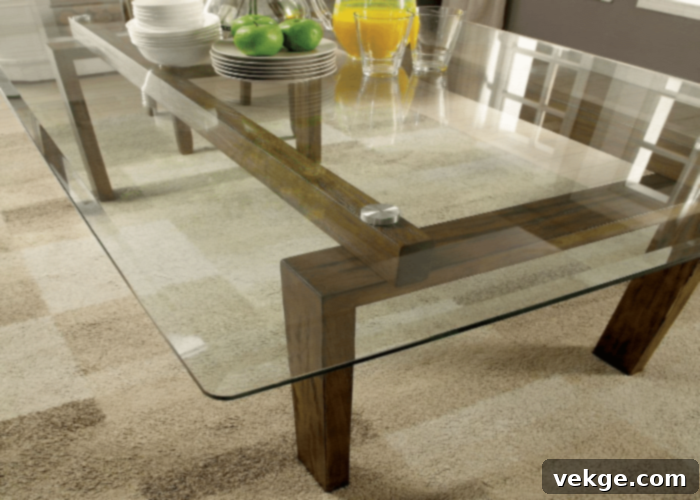
Glass is a popular and elegant material for multifunctional furniture, often seen in coffee tables with storage or extending dining tables due to its ability to create a sense of openness and light. It’s also remarkably easy to clean, maintaining its pristine look with minimal effort. To clean glass surfaces, simply use a soft, lint-free, dry cloth along with a dedicated glass cleaner. For an eco-friendly alternative, a mixture of equal parts white vinegar and water also works wonders, leaving surfaces streak-free.
However, while resilient, glass requires careful handling to prevent damage. Never place hot items directly on the glass surface, as sudden temperature changes (thermal shock) can cause it to crack or shatter. Always use coasters or trivets under hot dishes, mugs, or serving ware. Similarly, exercise caution when placing items made of ceramics, porcelain, or metal directly onto glass, as their abrasive bases can easily cause scratches. For acrylic glass (often used for lighter or more durable transparent elements), dust regularly with a dry, soft cloth. If a deeper clean is needed, a damp cloth followed by a dry one will effectively remove smudges and dirt without scratching.
2. Metal Care: Strength and Luster
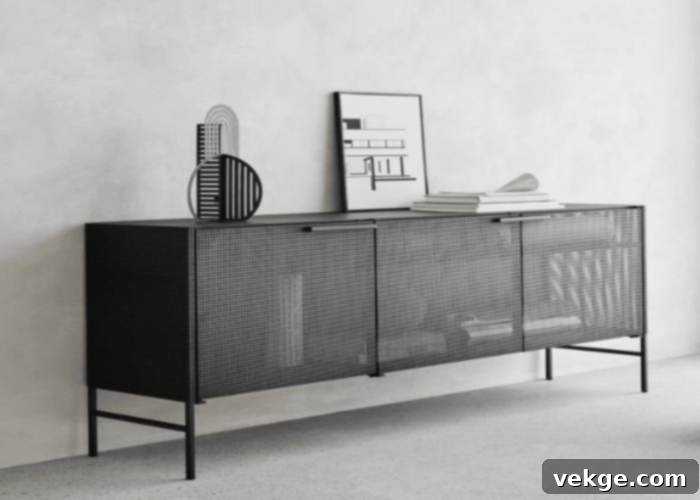
Metals such as steel, aluminum, and wrought iron are highly versatile and widely used in the construction of multifunctional furniture due to their strength, durability, and modern aesthetic. They are common in frames of sofa beds, folding chairs, or adjustable height tables. While robust, metals are susceptible to certain environmental factors. It’s generally advisable to avoid placing metal furniture in excessively humid climates, especially near coastal areas, as prolonged exposure can lead to corrosion, rust, and discoloration over time. If your metal furniture is exposed to moisture, ensure it is thoroughly dried immediately.
To maintain the natural appearance and integrity of metal surfaces, always protect them from sharp objects that could cause scratches or dents. Use coasters or placemats to shield against hot or wet items, as these can leave permanent marks or accelerate tarnishing. For regular cleaning, a soft cloth dampened with mild soap and water is usually sufficient. For stainless steel, a specialized stainless steel cleaner can help prevent fingerprints and maintain its shine. Always wipe in the direction of the grain. For minor rust spots on non-stainless metals, fine-grade steel wool or a rust remover can be used with caution, followed by a protective wax or sealant to prevent future corrosion.
3. Wood Care: Natural Beauty and Warmth
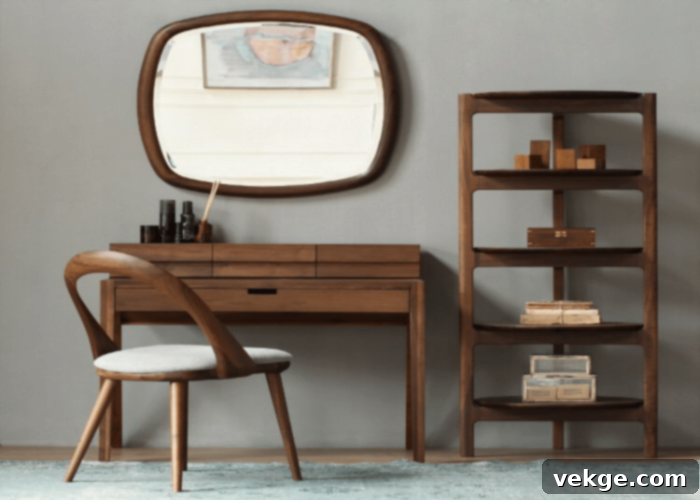
Wood remains one of the most beloved materials for furniture due to its natural warmth, timeless appeal, and versatility. From solid hardwoods to engineered wood, it lends a sense of vintage charm or royal elegance to any space, making it a popular choice for everything from transforming tables to elegant storage units. However, wood is a natural material that “breathes” and reacts to its environment. Over time, direct sunlight can cause color variations, leading to fading or darkening. Additionally, wood can contract and expand due to fluctuations in humidity, potentially leading to cracks or warping. Understanding these characteristics is vital for proper care.
To care for your wooden multifunctional furniture, proactive measures are key. Protect your pieces from direct sunlight by using blinds or curtains, especially during peak hours. When using markers, crayons, or even writing, always place a protective barrier (like a mat or thick paper) underneath to prevent ink or pressure marks. Similarly, avoid using pointed or sharp objects near wooden surfaces to guard against scratches and gouges. For routine cleaning, dust frequently with a soft, dry cloth. For deeper cleaning, dampen a cloth with a mild wood cleaner or a mixture of water and a tiny amount of dish soap, then wipe and immediately dry with another clean cloth. Periodically, apply a quality wood polish or conditioner to nourish the wood and maintain its luster. Always wipe excess polish to prevent residue buildup.
4. Stone Care: Enduring Elegance

Like wood, stone is a natural material that imbues furniture with a unique sense of enduring elegance and robustness. Used in tabletops or bases of multifunctional pieces, stones like granite, marble, quartz, or even concrete are beautiful but require specific attention. While often durable, stone surfaces can be vulnerable to damage from acidic liquids (like fruit juice, wine, or vinegar), strong chemicals, alcohol, and even prolonged water exposure, which can cause etching or staining. Extreme temperatures, such as those from hot pans or fire, can also compromise its integrity.
For optimal maintenance, regularly clean stone surfaces with a gentle pH-neutral stone cleaner or a diluted solution of Castile soap. Avoid abrasive cleaners or anything acidic. While stones like granite are generally scratch-resistant, they are not impervious and can crack under extreme thermal shock or heavy impact, especially in very cold conditions. The most crucial rule for stone care is to clean spills immediately. Porous stones can quickly absorb liquids, particularly oils, leading to dark, stubborn spots that are difficult to remove. Sealing stone surfaces periodically (as recommended for the specific type of stone) is also vital to enhance their resistance to stains and moisture.
5. Leather Care: Luxurious Comfort
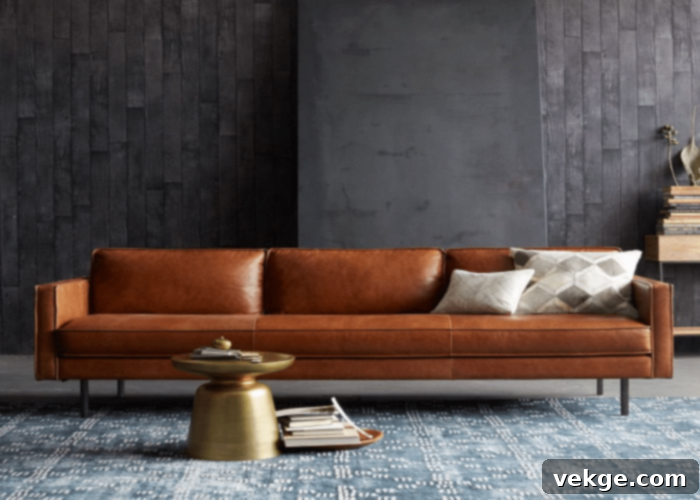
Leather is synonymous with luxury, comfort, and sophisticated style, making it a popular choice for upholstery in multifunctional furniture like sofa beds, futons, or upholstered storage benches. To preserve its supple feel and rich appearance, leather requires specialized tender loving care. Begin by regularly removing dust and debris, which can accumulate in seams and crevices. Use the brush attachment of your vacuum cleaner to gently clear any loose particles, first removing any detachable cushions. Follow up with a soft microfiber cloth to wipe away any remaining surface dust or light grime.
For a deeper clean, particularly for minor spills or accumulated dirt, prepare a solution of equal parts distilled water and white vinegar. Dampen a soft microfiber cloth in this solution, wring it out thoroughly to ensure it’s not dripping wet, and gently wipe down the leather surface. It’s essential to frequently rinse and wring the cloth to avoid spreading dirt. Always avoid saturating the leather, as excess moisture can damage it. After cleaning, dry the area with a clean, soft cloth. To keep your leather soft, pliable, and prevent cracking, apply a quality leather conditioner every 6 to 12 months, or as recommended by the manufacturer. This helps to moisturize the leather and protect its natural oils. Additionally, keep leather furniture out of direct sunlight and away from heat sources to prevent drying and fading.
Conclusion: Empowering You to Preserve Your Multifunctional Furniture
Multifunctional furniture has truly revolutionized how we approach home design, offering ingenious solutions for those seeking spaciousness and comfort in any size home. These innovative pieces are not just practical for compact living; they add immense value and flexibility to any household, regardless of its dimensions. While many homeowners initially worry about the perceived difficulty of maintaining such versatile items, this guide aims to dispel those concerns and empower you with the knowledge to conquer any cleaning challenge.
By understanding the unique properties of common materials like glass, metal, wood, stone, and leather, and by implementing simple yet effective cleaning and maintenance routines, you can ensure your multifunctional furniture remains a beautiful and functional cornerstone of your home for many years to come. Remember, diligent care not only preserves the aesthetic appeal of your investment but also ensures its structural integrity and functionality, making your daily life more comfortable and organized. Embrace the versatility, and enjoy the lasting beauty of your well-maintained multifunctional furniture!
